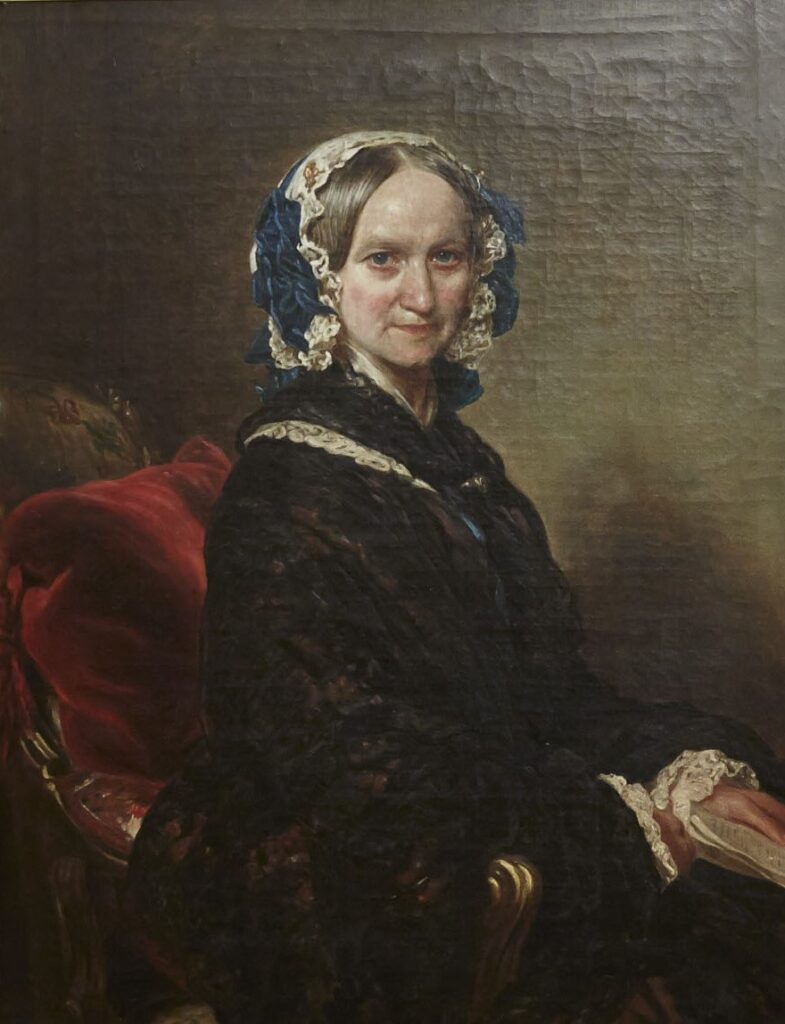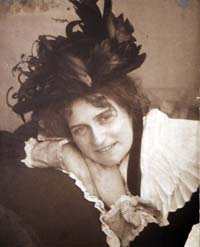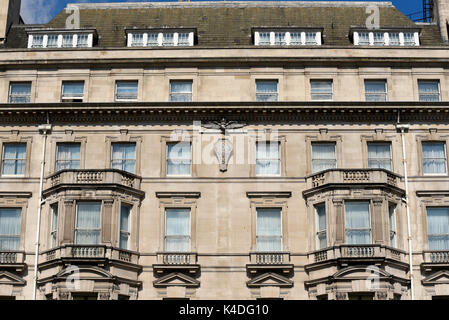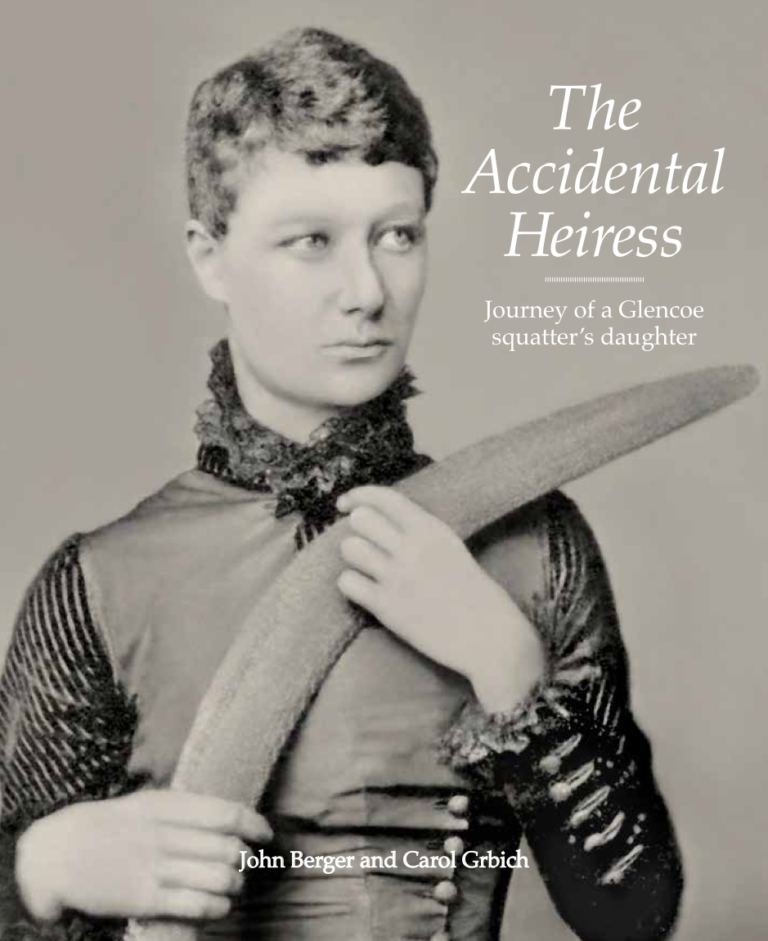November arrived with a clash of cymbals, a tarantara of trumpets and thunderous drum rolls. I submitted my thesis on the first of the month, which was a huge weight off my shoulders. The following day, the Lyceum Club Adelaide launched its fabulous Centenary book, 100 Years of Women’s Voices. Of course, I would say it was fabulous, as I played a small part in creating it. Nonetheless, it is a wonderful book. It is the work of a team of driven, strong-minded women who all volunteered their time and talents over many months to produce a history of the Lyceum Club, and stories about many of its members, past and present.
Since then, I have been catching up on a little travel and a lot of reconnecting with friends and family that I have neglected this year. So, in the calm before the storm of Christmas and the New Year, I have put aside some time for a little reflection…
Firstly, as I said earlier, my history honors thesis is complete, so I can now begin pondering my next step into the deep waters of academia.
Secondly, this has been the year of the Lyceum Club’s centenary, and there is much to report. “What is the Lyceum Club?” you ask. Well, the idea originated in London in the early twentieth century. Constance Smedley, a British artist, playwright, and novelist, was keen to provide a club house for women writers and artists. So, her father – fortunately a wealthy Birmingham businessman – bought a suitable building on Piccadilly, the former home of the British Imperial Service Club no less, and ironically, given our own Adelaide home (read on) currently the home of the Royal Air Force Club. The Lyceum Club was launched on June 20, 1904. Grace Brockington wrote that ‘the International Lyceum Club for Women Artists and Writers… earned itself a prestigious reputation and set up sister clubs throughout Europe and the British dominions. It became… a social and cultural centre for women all over the world.‘
The Lyceum was not the first women’s club in London, however. The times were a’changin’ and, according to Brockington, by 1906, there were thirty-six clubs for women, catering for ‘all interests and social classes, from aristocrats to actresses, university lecturers to city clerks. Their sudden popularity bore witness to women’s changing aspirations, and their willingness, if not to challenge, at least to match, the Victorian institution of the gentleman’s Club.’
Smedley, an ardent feminist, also used her club to promote women’s suffrage, wishing to free them from the limitations imposed by nineteenth century ideals of femininity and the role of middle-class women as merely domestically decorative. As Brockington says, ‘the Lyceum’s solid, institutional presence allowed it to negotiate controversial feminist debate with tact and decorum. It was able to reconcile traditional models of womanhood with radical new ideas about women’s liberation, giving professional women a passport to respectability at a time when many objected to their working outside the home at all.‘
In 1922, Dr Helen Mayo, one of South Australia’s early female medical graduates, gathered a group of like-minded friends and colleagues (including a handful of my predeccessors), to discuss the establishment of a Lyceum Club in Adelaide. This report in The Critic made me giggle. ‘There are so many brainy women in Adelaide now that they feel the absolute necessity of forming a club, where brain will meet brain, and a community of kindred spirits can foregather away from life’s piffle. The Lyceum Club promises to fill the need.’
And fulfill a need, it did. Lyceum members gathered for pertinent discussions on all sorts of topics and interests. And, unlike the London Lyceum, it was not just for writers and artists, but was open to any female university graduate; women eminent in art, music, or literature, or women who had ‘rendered distinguished public service.’
The Lyceum Adelaide spent its early life in two rooms. Within five years, the Club had outgrown its limited space (twice) and had moved – with its 200 members – to 209 North Terrace. Since then, the Lyceum has continued to lead a somewhat nomadic existence, moving several times around the Adelaide CBD for one reason or another. Today, it is, rather bizarrely, sharing space with the Naval, Military and Air Force Club, in a beautiful, heritage-listed building on Hutt Street, where it has continued to thrive.

At the beginning of 2020, Janet Gould, then Lyceum President, and Vice president Dianne Campbell, thought it would be a great idea to produce a history of the Club to celebrate its centenary in 2022. Although short histories had been produced for both the 50th and 80th celebrations, this project planned to be much more sophisticated. A team was put together that would expand as fast as the ideas for the book. Not only would we write the history of the last twenty years to add to earlier editions, but we wanted to tell the stories of individual members, past and present. To include every member would have meant a book of encyclopaedical proportions, but we did manage to compile more than eighty cameos of members who have worked in a veritable rainbow of professions. There are doctors and nurses, politicians and lawyers, writers and artists, scientists and architects, educators and aviators, to name but a few. Talent and trailblazing abounded, but whatever their chosen paths, all have contributed to the life of the Lyceum Club, Adelaide.
The book looks beautiful: a handsome coffee table book, with plenty of meaty reading. And on November 2, 2022, Her Excellency the Honourable Frances Adamson AC, Governor of South Australia, and Patron of Lyceum, came to launch it. She spoke in praise of our rich history and mentioned some of the women who had contributed to moulding the Lyceum into the special club we enjoy today. It seems particularly fitting that she has agreed to join us as our Patron – only our third female Governor in SA – in this auspicious year.
And, as someone commented when the team had a sneak preview of the finished product, it was a truly amazing achievement. Not only had we created a spectacular book, but this group of volunteers, despite some tense moments and fervent debates throughout its production, were still smiling, and still friends.
The Lyceum really is a very sociable and friendly club. I only joined eighteen months ago, but I already feel fully immersed, and have been totally accepted by this wonderful group of educated, intelligent women. Club Circles provide a great opportunity to meet people with similar interests – and there is so much variety. Art Appreciation, Opera and Music, Film Club, Current Affairs, Bridge and Mah-jong, Asian Culture and History, Travel and the Theatre Collective, Poetry, Literature, and French. There are special events throughout the year as well: regulars dinners and lunches which always includes a guest speaker discussing something captivating. This year, for example, there have been talks on Provencal Gardens and Architecture in Adelaide during the 1930s, a performance by Fringe artiste Michaela Burger on our Steinway baby grand, and another by world renowned Russian pianist Konstantin Shamray. I have managed to get to most of these events and have been duly impressed with the quality of the speakers and performers, the food and the conversation.

Special centenary offerings this year began with a Civic Reception held in the beautiful Queen Adelaide Room at the Adelaide Town Hall, and hosted by The Right Honourable Lord Mayor of Adelaide, Sandy Verschoor (only our third female Lord Mayor in 100 years and a past Lyceum member). In July, a centenary lunch – complete with a huge and delicious birthday cake – included seventy members and two special guests: an Honorary Life Member, who also celebrated her 100th birthday this year, and our Patron, Her Excellency the Honourable Frances Adamson AC. As a bonus, last month there was a super exhibition of Lyceum Art Treasures at the NMAFC.
In October, Lyceum Adelaide was finally able to host the Australian Association of Lyceum Clubs, an event that has been postponed by COVID shutdowns more than once over the past three years. Participants enjoyed various social gatherings and two days of back-to-back lectures on the theme ‘A is for Adelaide’, with performances from the Melbourne Lyceum Choir. Guest speakers covered a fascinating range of topics, from fashion to folklore. Adelaide Atelier Paul Vasileff, of the Paolo Sebastian Couture House, introduced us to his incredible talent for exquisite dress design. Associate Professor Diego Garcia-Bellido discussed world famous paleontology finds in South Australia. Lainie Anderson spoke about her novel based on the transcontinental air race from England to Australia after World War One, which was won by South Australian aviators Ross and Keith Smith. There was a talk by Emeritus Professor Carol Grbich on the book she co-wrote with her partner John Gerber, The Accidental Heiress: Journey of a Glencoe squatter’s daughter, and another by Pamela Rajkowski OAM, on the history and heritage of the Australian Afghan cameleers. The brain food over the course of the conference was as filling and satisfying as the delicious meals provided.
And so we marked the end of our centenary year with our annual Christmas lunch. This included a terrific talk on Ukrainian Christmas traditions by the president of the Ukrainian Women’s Association in SA, who had also cooked a Ukrainian Christmas dessert for us to try. Now, after such a stimulating year, I think we are all looking forward to some R&R and the hope that summer will finally put in an appearance in South Australia!




